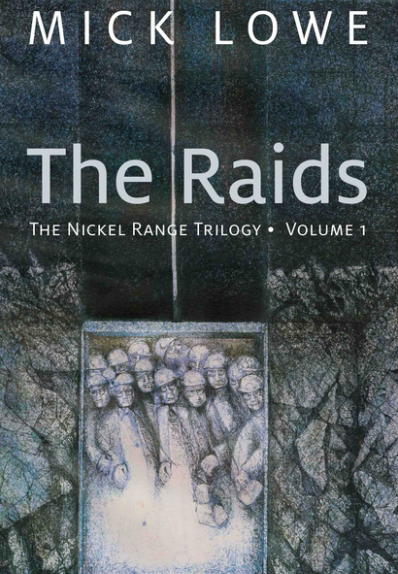The Daily Press is the city of Timmins broadsheet newspaper.
TIMMINS – Who knew what Hector Poitras was thinking that cold February morning in 1945, when he stepped onto the cage at the Paymaster No. 5 shaft getting ready to ride down into the mine with his co-workers?
It was a Friday. Maybe he was going to a dance that night, or maybe to see a hockey game at The Mac or the South Porcupine Arena. For whatever reason, Poitras didn’t have his mind completely on the job.
Poitras was a young rookie miner. That’s probably why another miner, an older fellow, gave him a friendly nudge and asked him why he didn’t have his cap lamp with him. Poitras had to get off the cage and head for the lamp room, thus missing his ride underground and possibly facing a bucket load of you-know-what from the shift boss.
That mistake would save his life. The cage had begun its descent into the depths of the mine. Eight men were on the upper deck. Eight were on the lower deck.
The incident itself took only seconds, at about 7:55 that morning. The cage was moving at a normal speed of about 1,200 feet per minute when the rope broke, said the Ministry of Mines report. There was no evidence to the rope being jerked or kinked, said the report.























